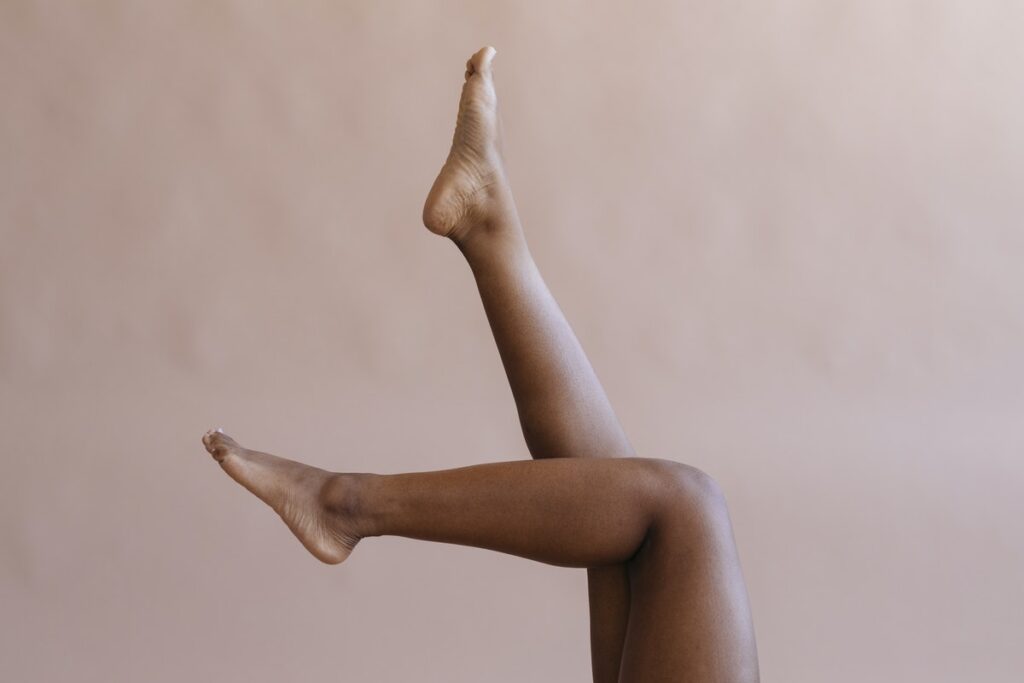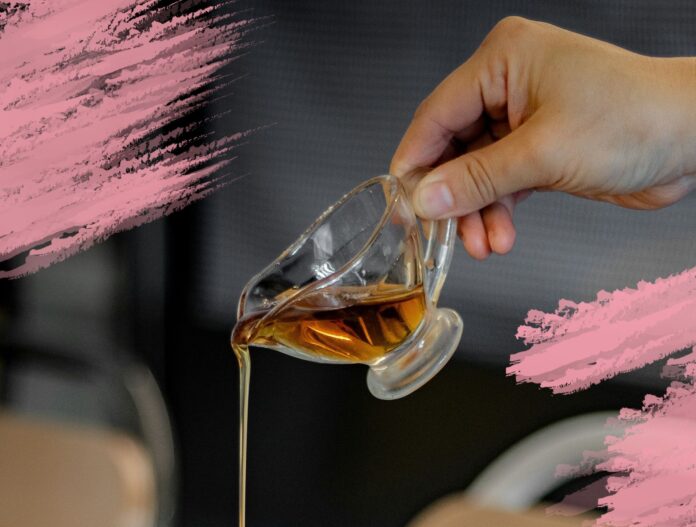
Ideal if your job involves standing on your feet all day
If your job requires you to spend hours upright and active, no doubt you’re all too familiar with bunions, blisters, shin splints and swollen feet. While you’re busy working, you may sometimes be neglecting your health in the pursuit of the pound and personal growth. The last thing you want is to fit in a trip to the podiatrist when you’ve work to attend to or on your much needed day off. Instead, give your feet a treat they won’t forget in a hurry.
Fortunately, there are preventative steps (the perfect phrase here) you can take to avoid tired feet becoming injured ones. Whether you work on a construction site, are a nurse working hospital hours, a cleaner in a huge hotel, or a chef slaving over a hot stove in the kitchen, here’s five ways to look after tired feet.
INVEST IN THE RIGHT SHOES
First things first, you’ve got to wear the right shoes for the job, ones which are capable of supporting the particular toils of the day. Many industries like hospitality and construction have strict footwear policies for a reason; because prevention is better than cure and wearing the right togs for the job can help prevent problems ever arising.
If you have been using the same pair of job specific, supportive shoes for over six months, it may be time to change them. Choose a pair that feel comfortable to wear for long hours with decent wiggle room for your toes, since hot, tired feet expand slightly, but not so loose that they slip or rub.
Indeed, to hone in on a single profession, reports say that nurses walk at least 5 miles during a day shift. And it’s common knowledge within healthcare that one of the best ways to prevent injury is choosing the right nursing shoes. And they’d know about taking care of yourself, right?
The spill resistant, non-slip and easy to clean nature of these shoes make them a vital piece of kit. For most nurses, clogs are the right choice as they come in antimicrobial materials and provide excellent ventilation. For those working on a building site, something much sturdier with better grip is recommended, such as toe capped boots with strong ankle support.

HYDROTHERAPY WITH EPSOM SALT
Epsom salt may be one of the world’s miracle cures in the world of pain relief, easing aches and inflammation in joints, equally. This beneficial natural mineral compound is a boon for aching feet particularly. Simply add 2-3 tablespoons of Epsom salt to a bucket full of warm water, and then soak your feet in this solution for at least 15 minutes.
After removing your feet from the water, apply a soft moisturiser to the feet. You could really treat yourself and turn your home into your very own private spa, using some drops of essential oils, and lighting some candles for the soaking time. Put on soothing music and enjoy this hydro, aroma, and music therapy session in peace. A spot of self pampering when you’ve been working so hard; who can deny you?
HOT AND COLD TECHNIQUE
Those whose work affects tired feet can eliminate a certain amount of pain by using hot and cold-water therapy. It’s a simple process; you need two buckets of water, one hot and one cold. Dip your feet for three minutes in hot water first, and then switch to cold water. Place your feet for only 10 seconds in cold water.
Repeat these steps for 3-4 times, or until you feel relief. By alternating the water temperature, you can improve blood circulation, which will reduce swelling of the feet and ease the joints.
STRETCHING EXERCISES AND MASSAGES
Stretch and flex your aching feet to enable flexibility and strengthen them for those days spent standing for long periods. By performing a variety of full-range movements, you can ease tight hamstrings and calves, and ready them for further action.
Releasing tight calves regularly, you’ll notice a strengthening and building of resilience. Do this regularly, and you’ll notice a strengthening and building of resilience. Some simply use a rolled-up towel to stretch their feet and legs; check out how to do that here.
After a particularly gruelling day, the use of herbal oils like lavender, peppermint, or chamomile oil, massaged into aching limbs, can loosen tight calves and tissues. Make sure to apply pressure on the toes and heels when doing this, for a balanced outcome. This also improves circulation and alleviates foot pain.

ELEVATION
Though it might sound a lot like throwing water into the wind, sometimes the most simple solutions are also the most effective. The final letter in the well known RICE method (rest, ice, compression, elevation), professionals recommend having your feet elevated on a foot stool or chair – or better still, lying down with the feet higher than the heart – can work wonders for aching or injured feet. So, the next time someone encourages you to put your feet up, you’ll know they’re concerned about them!





